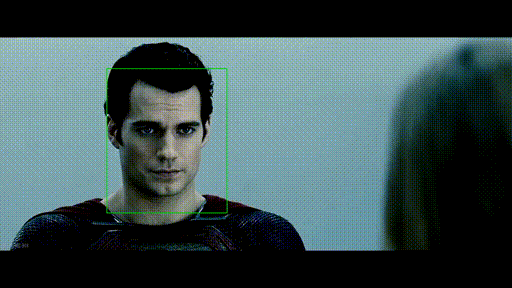Deep Fake Detector
Deepfakes and synthetic media are no longer a curiosity – they are part of everyday information flows, fraud attempts and internal communication. A single convincing fake video or cloned voice can damage brand reputation, mislead employees or be used to bypass standard verification processes. Our Deep Fake Detector is designed to give you an always-on, automated way to assess the authenticity of video, image and audio content before it reaches your customers, partners or internal channels.
The detector combines state-of-the-art computer vision, audio forensics and metadata analysis into one pipeline. For video and images, we use convolutional and transformer-based neural networks that are trained to recognise artefacts typical for GAN and diffusion-generated content: unnatural textures, abnormal noise patterns, inconsistent lighting, mismatched reflections and subtle temporal glitches between frames. In parallel, we inspect compression fingerprints and frequency-domain statistics that often reveal when content has been upscaled, inpainted or heavily composited. For audio, specialised models analyse spectrograms, prosody and phase information to detect voice cloning and synthetic speech, even when it sounds natural to a human listener.
The result is delivered as a clear, actionable assessment rather than a black box “yes/no” answer. For each file or stream, the system provides confidence scores, labels (for example, “likely deepfake”, “suspected synthetic voice”, “possible local tampering”), and visual overlays that highlight suspicious regions in video frames. This makes it easier for trust & safety teams, compliance officers or security analysts to quickly review content, document decisions and integrate the findings into existing workflows and reports.
From a technical perspective, the Deep Fake Detector is built with a modern stack that can scale with your usage. Core models are implemented in PyTorch and TensorFlow, optimised and exported via ONNX Runtime or NVIDIA TensorRT for high-throughput inference on CPU and GPU infrastructure. Video and image processing rely on OpenCV and custom CUDA kernels where low latency is required. The solution is packaged as Docker containers and can be deployed on Kubernetes clusters or as a standalone backend service behind your existing APIs and gateways.
Integration options are flexible. You can use a web dashboard for manual checks, connect directly via REST or gRPC APIs for automatic screening of uploads, or embed the detector into content moderation, KYC and onboarding, fraud detection or brand protection pipelines. For organisations with strict data requirements, we support on-premise and private-cloud deployments, as well as logging and monitoring hooks that plug into your existing SIEM and observability stacks. Combined with our MLOps practices for evaluation, retraining and drift monitoring, the Deep Fake Detector becomes a long-term capability, not just a one-off experiment.

